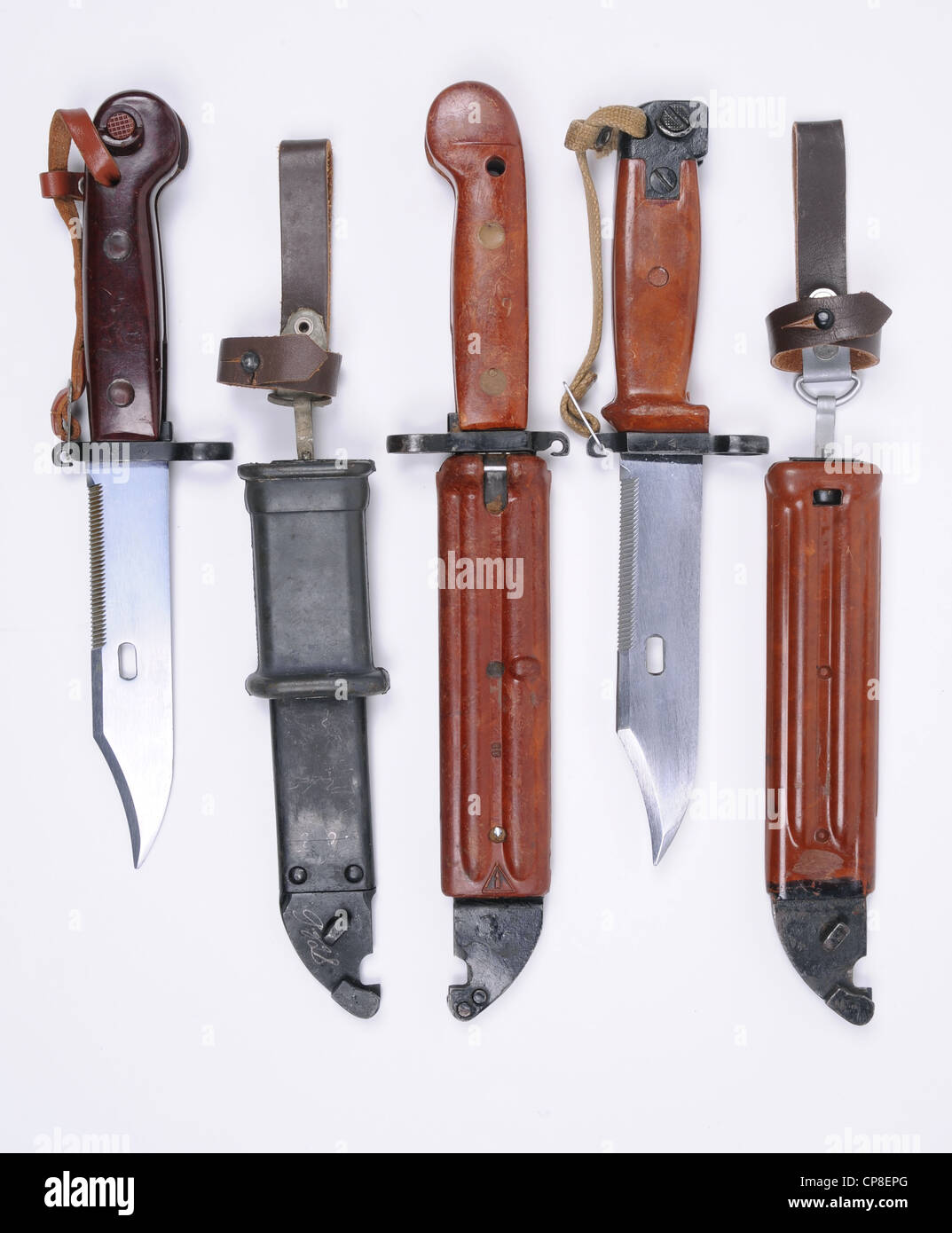

Russian arms designer, Sergey Ivanovich Mosin, ran the factory from 1894–1902. The Sestroretsk factory was founded by Peter the Great in 1721. This example was made at the Sestroretsk Arms Factory, near St. Many Russian troops were still armed with the M1870 during the Russo-Japanese War of 1905. The M1870 served as the standard Russian rifle until it was superseded by the Mosin-Nagant M1891. The M1870 dragoon bayonet was shorter, with the socket cut so as to mount to the front sight, which doubled as a bayonet stud.ĭeveloped by American General Hiram Berdan, the M1870 rifle and bayonet were produced in large numbers at the three major Russian arms factories (Tula, Izhevsk, and Sestroretsk). This example is a M1870 infantry bayonet, with the socket cut so as to mount to a bayonet stud on the right side of the barrel. Patterned after the Swiss M1863 bayonet, the M1870 bayonet has a cruciform blade profile and the, now familiar, screwdriver point. (.42 caliber) M1870 (Berdan II) infantry rifle. Fort Ross was the only Russian outpost in what would later become the continental United States. Model 1808 muskets and bayonets also likely accompanied Russian personnel who established Fort Ross, in 1812, along the northern California coast.


While Napoleon would rebuild his army and campaign in central Europe in an attempt to regain power, these attempts failed culminating in his defeat at the Battle of Waterloo and forced exile to St. Napoleon’s retreat from Moscow during the Russian winter destroyed what was left of his Army. The Battle of Borodino outside of Moscow was the deadliest single day of combat during the 12-years of Napoleonic War, resulting in over 70,000 casualties. The Invasion of Russia was the turning point in the Napoleonic Wars that ended Napoleon’s invincibility. In response to the invasion, Tula Arsenal produced 500,000 Model 1808 muskets 1812–15. The Model 1808 was the standard Russian Army infantry musket and bayonet in the Napoleonic Wars, seeing extensive combat during Napoleon’s 1812 Invasion of Russia. There was no scabbard produced, the bayonet remaining fixed to the musket at all times. The unbridged socket dates this example to 1808–1825. Russia adopted an improved bayonet in 1826–28 that included a bridge to prevent deformation of the socket. Patterned after the French M1777 AN IX socket bayonet (AN IX represents Year 9 in the French Republican Calendar, denoting an improvement introduced in 1800), the Russian Model 1808 bayonet is unusual in having a medial locking ring on an unbridged socket. The Model 1808 is often referred to as the “Tula Musket,” as Russia’s Tula Arsenal produced nearly all of them. Russia patterned the Model 1808 musket after the French Model 1777 Charleville musket. (.70 caliber) flintlock Model 1808 infantry musket. Socket bayonet for use with the 17.78 mm.


 0 kommentar(er)
0 kommentar(er)
